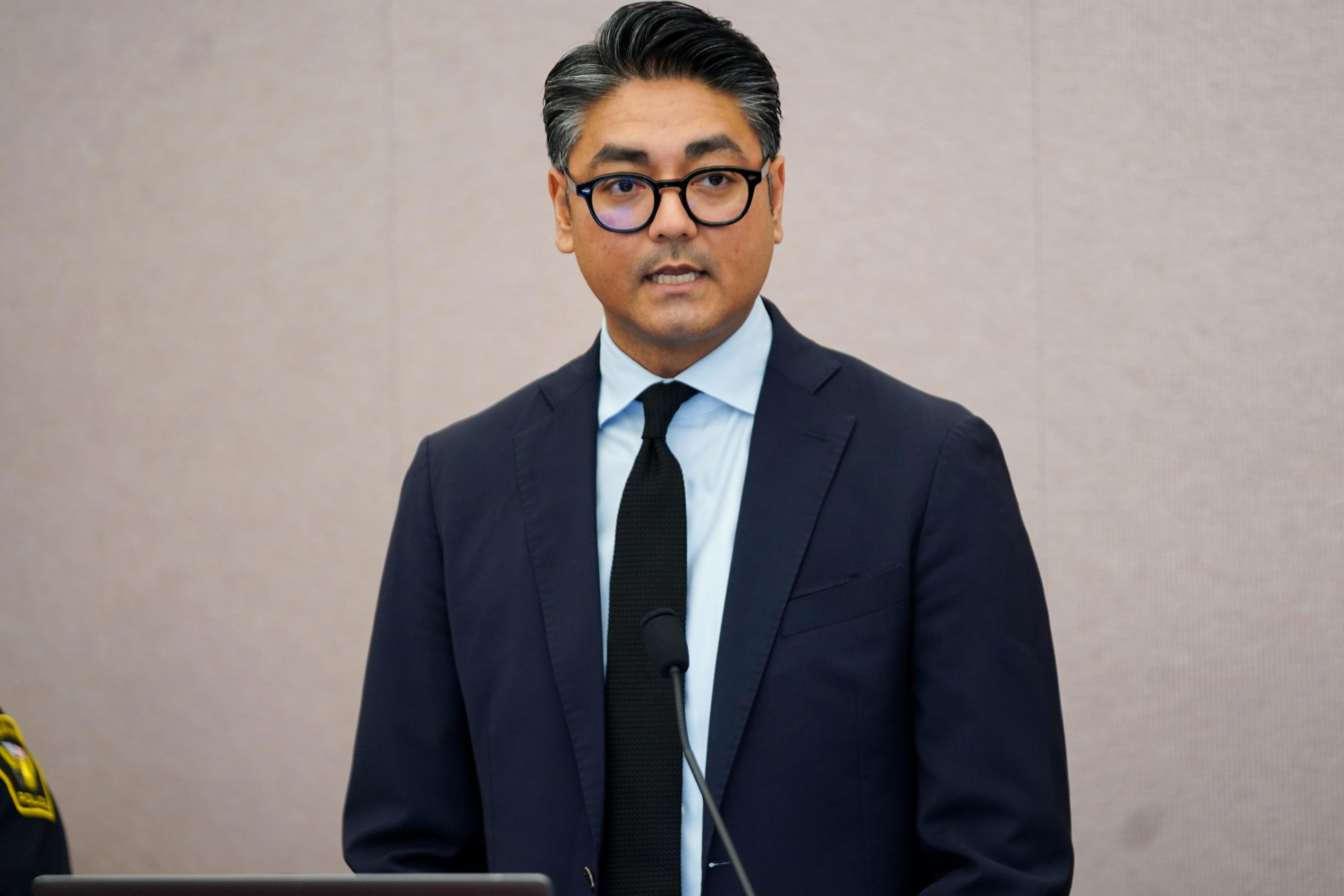
A Concern for Cincinnati’s Future
Cincinnati is a city with a rich history, vibrant culture, and a strong sense of community. However, there are growing concerns about public safety in the downtown area, which could have long-term consequences for the city's reputation and economic growth. As someone who has deep roots in Cincinnati, I want to share my perspective on why this issue matters so much.
Public safety is not just a political topic—it's a fundamental aspect of what makes a city livable and attractive. The recent incident at Fourth and Elm in Downtown has sparked a lot of discussion, but it's more than just one event. It's part of a larger pattern that has been developing over time. When people see images of violence or disorder, they form perceptions that can influence their decisions about where to live, work, and visit.
Perception plays a crucial role in shaping how Cincinnati is viewed by both residents and outsiders. It affects everything from tourism to business investment. Cities like New York, Chicago, San Francisco, and Seattle have faced similar challenges, and their struggles serve as a cautionary tale. If Cincinnati continues down a similar path, it risks losing the momentum it has built in recent years.
I grew up outside of Cincinnati, but the city has always held a special place in my heart. My first memory of Cincinnati was watching the Reds play, and over the years, those visits became a tradition. I eventually chose to attend the University of Cincinnati, and later, I made it my permanent home. I'm proud to call Cincinnati my hometown, and I believe it has the potential to be a great place for families, businesses, and visitors alike.
Despite my love for the city, I have to admit that I've seen some troubling trends. The lack of attention to public safety and the slow response to incidents in the downtown area have raised concerns. These issues aren't just about politics—they're about the well-being of our community and the future of our city.
As a parent, I worry about the message we're sending to families who come to Cincinnati for events like the Reds and Bengals games. These events bring thousands of people into the city each year, and they represent opportunities for growth and connection. But if the perception of danger becomes too strong, those visitors may choose to go elsewhere.
It's also important to recognize the efforts being made by local leaders and businesses to revitalize the downtown area. Initiatives such as the redevelopment of the convention center, the construction of a new convention hotel, and investments in sports and entertainment are all steps in the right direction. However, these efforts could be undermined if the perception of unsafe conditions persists.
The impact of negative perceptions extends beyond just tourism. It affects job creation, business development, and even the quality of life for current residents. When people think a city isn't safe, they're less likely to invest in it—whether that means opening a new business, moving into the area, or simply spending time in the downtown district.
I understand that no city is perfect, and there will always be challenges. But what's most concerning is the lack of urgency around addressing these issues. It's not enough to talk about progress; we need to take real action to ensure that Cincinnati remains a safe and welcoming place for everyone.
There's still time to turn things around. By prioritizing public safety, investing in community programs, and fostering a culture of accountability, Cincinnati can continue to grow and thrive. The future of our city depends on it.
